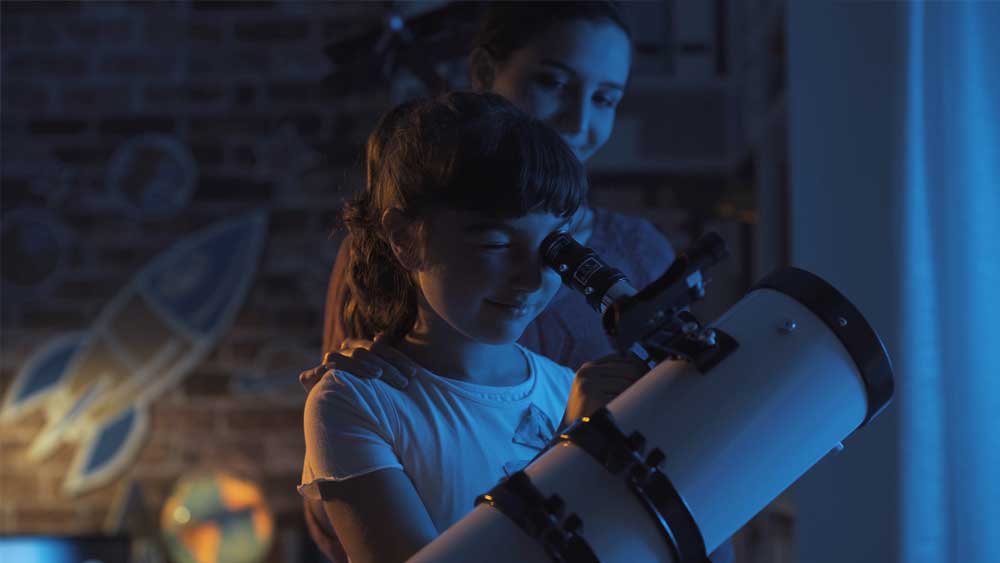For three days this week, four heavenly bodies are aligned in the sky: Jupiter, Saturn, Mars, and the Moon.1 Many of us now have reduced work hours due to the coronavirus pandemic, so staying up late or getting up early to see special events in the night sky is now an option.
Unfortunately, two of these days have already passed, but early tomorrow morning (Thursday) offers one last opportunity to observe this alignment. At about 4:00 a.m., Jupiter, Saturn, and Mars will form a nearly straight line low in the southeastern sky, with the moon close to Mars and just barely above the horizon. As the early morning hours advance, they will rise higher in the sky, moving to the south.1 These objects are bright enough that, if you have clear skies, they will be hard to miss! Also, if you have a telescope, you should be able to see Saturn’s rings and some of Jupiter’s moons.
David wrote in Psalm 19, “The heavens declare the glory of God, and the firmament shows his handiwork.”2 Even though the naked eye allows us to see only a tiny fraction of all the heavenly bodies that God has made, the starry night sky is still a source of beauty and wonder.
If you would like to learn more about how the heavens declare God’s glory, ICR has numerous video resources, including our four-part DVD series The Universe: A Journey Through God’s Grand Design, also available via digital download.3 We also have the highly popular and acclaimed DVD series What You Aren’t Being Told About Astronomy.4 For highschool readers and older, we have the book Guide to the Universe;5 for younger readers, Space: God’s Majestic Handiwork;6 and for toddlers we have the board book Space.7
References
1. Rao, J. You can see the Moon shine with Jupiter, Saturn, and Mars before dawn this week. Here’s how. Space.com. Posted April 13, 2020 at space.com, accessed April 15, 2020.
2. Psalm 19:1-2.
3. The Universe: A Journey Through God’s Grand Design. 2018. Dallas, TX: Institute for Creation Research.
4. Psarris, S. What You Aren’t Being Told About Astronomy DVD pack. Creation Astronomy Media.
5. Guide to the Universe. 2016. Dallas, TX: Institute for Creation Research.
6. Space: God’s Majestic Handiwork. 2017. Dallas, TX: Institute for Creation Research.
7. Space. Dallas, TX: Institute for Creation Research.
*Dr. Jake Hebert is Research Associate at the Institute for Creation Research and earned his Ph.D. in physics from the University of Texas at Dallas.





